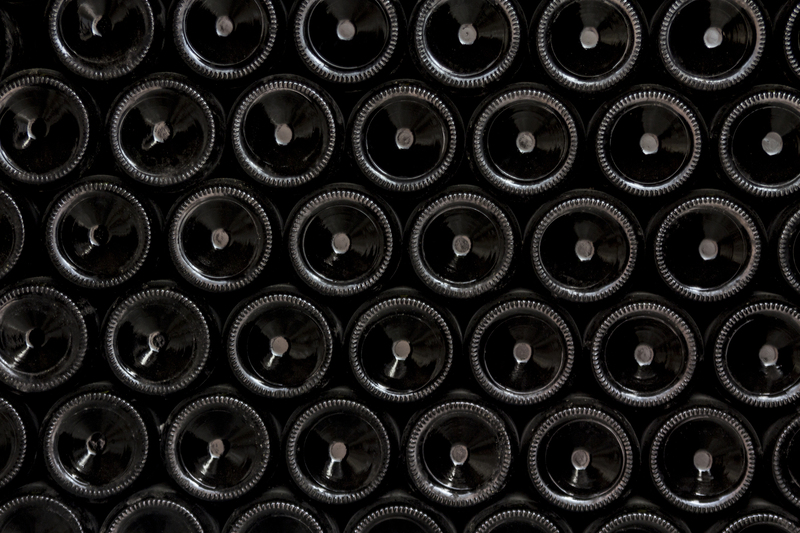PPE Waste Handling Guide
Posted on 20/05/2025
Personal Protective Equipment (PPE) has become an indispensable part of our daily lives, especially in light of the COVID-19 pandemic. However, the increase in PPE usage has also led to a rise in waste, posing environmental and health risks. In this comprehensive guide, we will explore the best practices for handling PPE waste to ensure safety and sustainability.
What is PPE Waste?
PPE waste includes items such as masks, gloves, face shields, gowns, and other protective gear that are designed for single-use or have reached the end of their useful life. Improper disposal of these items can lead to contamination and environmental pollution.

Why Proper PPE Waste Handling is Important
Proper handling of PPE waste is crucial for several reasons:
- Prevents healthcare-associated infections.
- Reduces environmental impact.
- Ensures public safety.
Best Practices for PPE Waste Disposal
Adhering to best practices for PPE waste disposal is essential for minimizing risks. Here are some key steps to follow:
Segregation of PPE Waste
Segregate PPE waste from general waste. Use designated bins and color-coded bags to ensure that PPE waste is easily identifiable and handled appropriately.
Proper Containment and Storage
Store PPE waste in sealed and leak-proof containers to prevent leakage and minimize exposure risks. Ensure that containers are properly labeled and stored in a secure location until they can be disposed of.
Safe Disposal Methods
Disposal methods for PPE waste include incineration, landfill, and autoclaving. Choose the method that is most appropriate for the type of PPE waste and local regulations. Ensure that disposal processes are conducted in a manner that reduces environmental impact.
Pros and Cons of PPE Waste Handling Methods
Each PPE waste handling method has its own advantages and disadvantages:
Incineration Pros and Cons
- Pros: Destroys pathogens, reduces waste volume.
- Cons: Emits harmful gases, requires special equipment.
Landfill Pros and Cons
- Pros: Cost-effective, widely available.
- Cons: Takes up space, potential for long-term environmental impact.
Autoclaving Pros and Cons
- Pros: Effective at sterilizing, environmentally friendly.
- Cons: Requires specialized equipment, not suitable for all types of PPE.
Tips for Proper PPE Waste Handling
- Always follow local regulations and guidelines for PPE waste disposal.
- Ensure all personnel handling PPE waste are trained in proper handling and disposal techniques.
- Regularly audit PPE waste disposal processes to identify areas for improvement.
- Utilize reusable PPE when possible to reduce waste generation.
- Implement a PPE waste reduction program within your organization.

Key Takeaways
Proper handling and disposal of PPE waste are essential for maintaining public health and safety. By following best practices and being aware of the pros and cons of various disposal methods, organizations can effectively manage PPE waste and minimize its impact on the environment.
Conclusion
The rise in PPE usage has necessitated a greater emphasis on proper waste handling practices. By understanding the importance of PPE waste segregation, containment, and disposal, we can ensure a safer and more sustainable environment. Always adhere to local guidelines, train personnel, and continuously seek ways to improve your PPE waste management processes.





